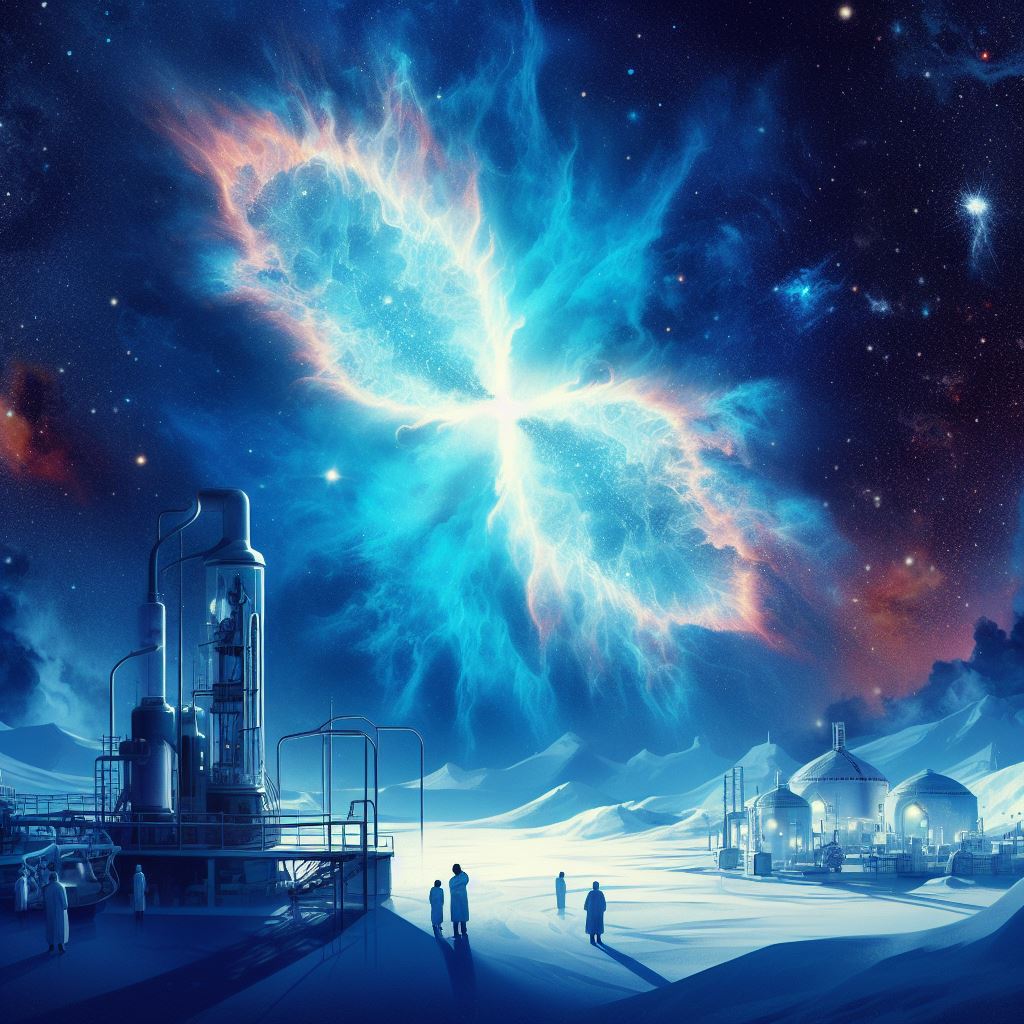
Exploring the Universe's Iciest Regions: Where's the Coldest?
Space has always fascinated humankind. From celestial bodies and black holes to galaxies far away, the universe remains an enigma. But amongst all its wonders, there's a particular region that has drawn attention due to its frigid conditions - the coldest place in the universe. This article aims to elucidate the mysteries of such cold places, while also explaining the science behind the chilling temperatures.
What Exactly Constitutes the 'Coldest Place'?
To define the "coldest place", we are essentially speaking about the area with the lowest temperatures ever recorded. Space, as vast as it is, has a plethora of "frosty regions" that can be considered colder than anything we experience on Earth.
The Boomerang Nebula: Nature's Own Freezer
Arguably the most discussed when mentioning the coldest natural places in the universe is the Boomerang Nebula. Located 5,000 light-years away from us, the temperatures here drop to a chilling minus 458 degrees Fahrenheit (just one degree above absolute zero).
For context, absolute zero (0 Kelvin, -273.15°C) is considered the lowest possible temperature where nothing could be colder and no heat energy remains in a substance. It's the temperature at which the entropy of a perfect crystal is exactly zero.
“The Boomerang Nebula stands out not just for its temperature, but its peculiar shape which has been likened to a boomerang, hence the name.” - Extract from a NASA article on the subject.
Measuring the Cold of the Cosmos
Given the vastness of space, one might wonder how scientists measure temperatures in such icy realms. The answer lies in the science of astrophysics. Using high-resolution telescopes and satellite equipment, scientists gauge the radiation emitted by objects. This radiation, often in the form of infrared light, gives an indication of the temperature.
The Absolute Zero Quest
Humans have long been intrigued by the concept of absolute zero. Laboratories on Earth, in institutions like MIT and Harvard, have tried to achieve this temperature using various methods. Although we've come incredibly close, achieving the exact point of absolute zero remains elusive.
A case study from MIT highlighted an experiment where scientists cooled sodium-potassium (NaK) molecules to a mere 500 nanokelvins, or 500 billionths of a Kelvin above absolute zero. These man-made environments showcase our tenacity to mimic the universe's extremities.
The Significance of the Cosmic Microwave Background
Another paramount feature in our discussion about the universe's coldness is the Cosmic Microwave Background (CMB). It's the afterglow left behind from the Big Bang and spans across the entire universe. This radiation provides a snapshot of the universe when it was just 380,000 years old and has a temperature of 2.725 Kelvin, making it one of the naturally coldest places in the universe.
Man-made Versus Natural Cold
While the universe has its naturally cold spots, like the aforementioned Boomerang Nebula, humans have attempted to replicate these conditions on Earth. Laboratories across the globe strive to achieve ultra-cold temperatures for various experiments. However, the naturally occurring coldness in space remains unparalleled.
For instance:
- Boomerang Nebula (Natural): -272.15°C
- Laboratory Conditions at MIT (Man-made): Close to -273.15°C, but not quite there.
Conclusion
The quest to explore and understand the chilly voids of the universe is ongoing. With the blend of natural phenomena like the Boomerang Nebula and human endeavors to reach absolute zero, the narrative is as engaging as it is informative. As technology advances and our understanding deepens, who knows what other "glacial spaces" await discovery?
For the space enthusiasts, students, researchers, and the general public, the universe's frosty secrets offer a window into the vastness and complexities of the cosmos, beckoning us to explore further and dive deeper into the icy mysteries of space.
References:
- "The Boomerang Nebula: The Coldest Place in the Universe?" - NASA articles.
- "Absolute Zero and Its Relevance in Physics" - Published papers.
- "The Cosmic Microwave Background: The Afterglow of the Big Bang" - Cosmos Magazine.
- "Human Endeavors in Achieving Ultra-cold Temperatures" - Research articles from institutions like MIT, Harvard, and CERN.



